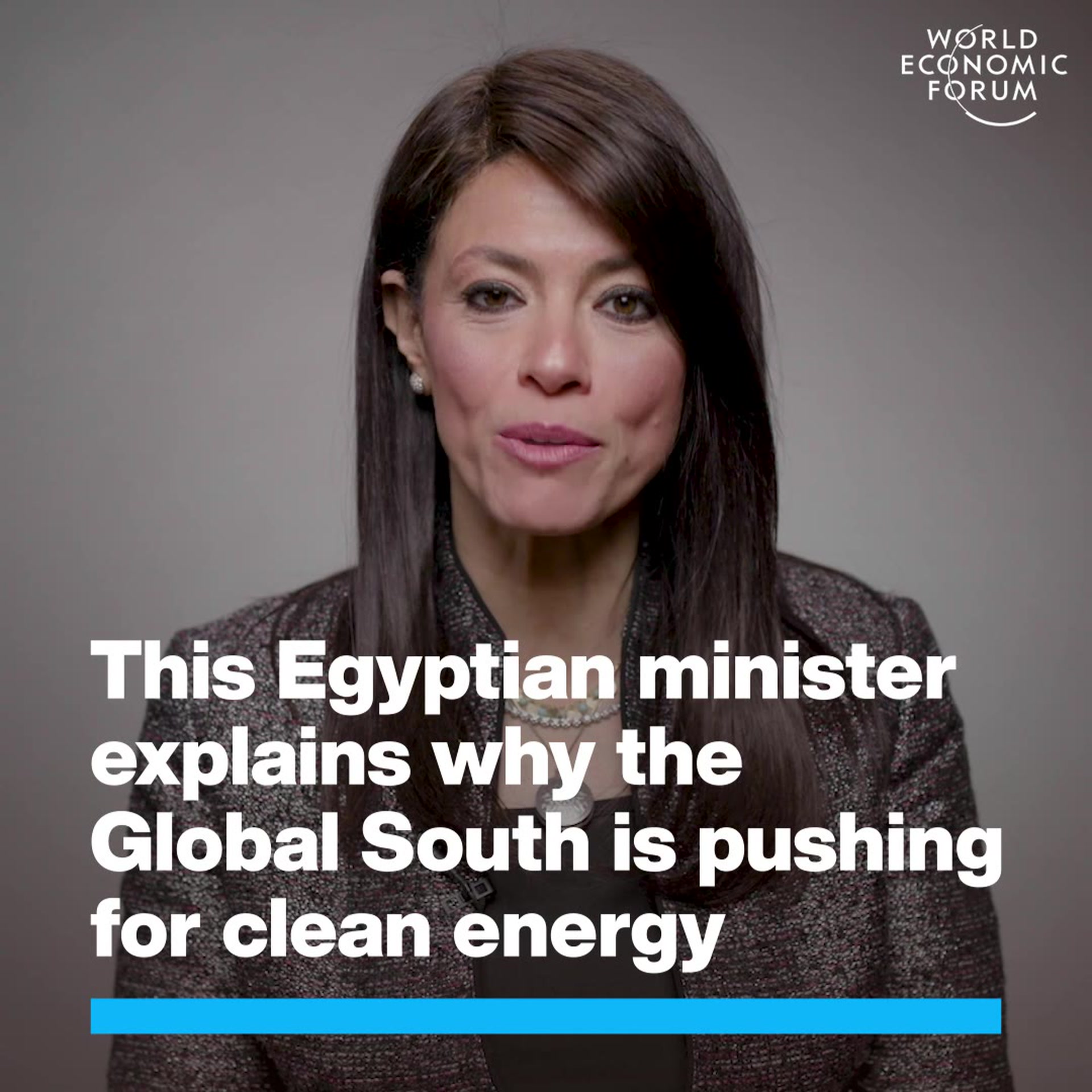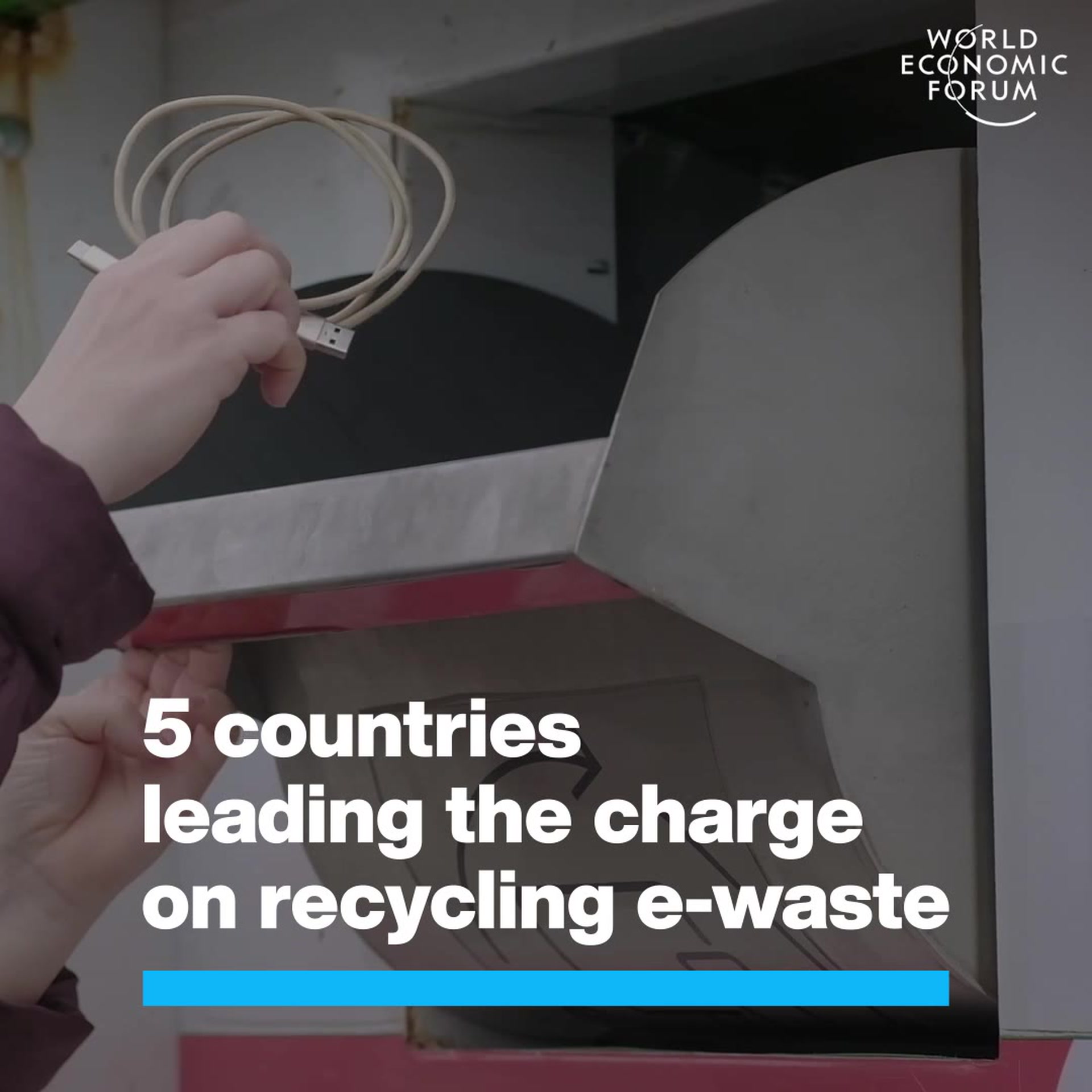How women in the Global South are leading the fight against climate change

When climate change-related events occurs women and girls bear a heavier burden and experience more severe impacts. Image: Pexels/Robin Erino
Andi Misbahul Pratiwi
PhD Student, University of Leeds
Get involved with our crowdsourced digital platform to deliver impact at scale
Stay up to date:
SDG 13: Climate Action
- Leaving women out when working on environmental solutions puts them in more vulnerable positions.
- Historically, women have played a big part in protecting the environment in Asian and South American countries.
- Women are working to conserve forests, protect water quality, and stop the expansion of fossil fuel extraction.
Climate change has different impacts on men and women, especially in the Global South.
Patriarchal culture is the cause behind this. We often do not involve women in responding to environmental problems. To often, we exclude them in discussions on solutions to climate crisis.
Patriarchal culture also creates unequal gender relations, with women being considered only capable of managing household and domestic work.
Leaving women out when coming up with environmental solutions puts them in more vulnerable positions.
When climate change-related events occur – such as more extreme weather, forest fires or floods – women and girls bear a heavier burden and experience more severe impacts. Violence against women is also on the rise amid global warming.
However, we need to change the narrative that women are merely “victims” of climate crisis.
In reality, women in the Global South countries also possess the abilities and strength to protect the environment. They manifest their power to preserve the environment in various actions, both formal and informal, individual and collective.
What’s the World Economic Forum doing about climate change?
Women’s movements across the Global South
Historically, women have played a big part in protecting the environment in Asian and South American countries.
One example is the Chipko movement in India in the 1970s.

The Chipko movement started in 1974, when the Indigenous women and community of Reni village in India fought to protect the forest from logging that threatened their livelihood. They collectively took action by guarding and embracing trees to push back contractors and prevent deforestation.
Their fight went global, making waves worldwide.
During the 1985 Nairobi Conference on Women from Third World Countries, women emphasised the importance of nature conservation and women’s environmental actions. Testimonies from the Chipko movement and similar women’s movements in other countries were discussed at this conference.
Fighting for change in Mexico and Bolivia
Besides the Chipko movement, there is a recent example from women in Zapotalito, a village within the Chacahua-Pastoría lagoon national park area in southern Mexico.
They have endured a series of environmental challenges, including dead fish, a dreadful ammonia smell, and a decline in air and water quality due to a dam project and lime oil factory pollution.
The women of Zapotalito worked together to clean the natural canal in the Coaxaca mangrove area. They used shovels and hoes for regular clean-ups in 2016.
Even as they fought for change, they continued their daily routines. They cooked food, made tortillas, cleaned houses, cared for children, tended to pets and plants and caught fish for their families to eat, even amid bad environmental conditions.
On another front, the women’s movement in Chiquiacá, Bolivia, has been protecting the Tariquía Flora and Fauna National Reserve since 2017 from oil and gas companies’ expansion into their precious area.
In a bold move in 2019, they actually blocked the entrance to the conservation area for a whopping five months to prevent drilling equipment from being brought in.
The women of Chiquiacá also took their protest to the streets, actively hindering any development on their land. What began as a local movement has grown into a powerful collective action that’s still going strong today. It’s gained the support of thousands of people in Bolivia.
Indonesian fisherwomen’s leadership
In Indonesia, fisherwomen in Central Java have been working to sustain their community amidst climate change since 2020. Rising sea levels have increased flood risks in their neighbourhoods, forcing them to take action by engaging with policymakers, raising awareness and fundraising to build bridges.
Unfortunately, women in these movements often face threats, intimidation and violence. Their enemies tried to undermine their action, by saying “women should stay silent at home and take care of the kitchen”. Some of them received death threats.
Despite these challenges, however, they continue their fight to protect their land.
Growing global recognition
The stories above have shown women are capable of making a difference in environmental activism, from their homes and communities to the national stage.
The global community increasingly recognises their efforts too. Since the 1990s, more international policies have emphasised gender as a crucial element in nature conservation and sustainable development.
For example, the 1992 Rio Declaration on Environment and Development acknowledges the vital role of women in environmental management and development.
The Beijing Platform for Action, established in 1995, is a resolution that supports gender equality and empowerment of women worldwide.
The reports of the High-Level Intergovernmental Meeting on the Beijing Platform for Action in Asia and the Pacific highlight the critical link between environmental change and women’s roles as managers and providers of natural resources.
There’s also the 2004 United Nations Convention to Combat Desertification, which emphasises the crucial role of women in drought-affected areas, particularly in rural regions of developing countries.
Recent documents from the United Nations Framework Convention on Climate Change (UNFCCC) highlight the pivotal role of local women’s movements and Indigenous women in shaping climate policies and actions.
Numerous policies also promote women’s participation in the sustainable development agenda.
But, not all countries adopt those policies.
Have you read?
How climate change makes global health issues harder to solve
How climate change supercharged an extreme heatwave in South America in the middle of winter
European farmers are turning to tech and tradition to fight climate change. Here's how
5 reasons why empowering women and girls can revolutionise the fight against climate change
Better solutions through involving women
Despite being disproportionately affected by environmental damages, women continue to demonstrate their resilience and knowledge in tackling climate change.
To empower women’s activism, governments worldwide should formulate policies integrating women’s roles in conservation and sustainable development strategies within their own nations.

As for the public, initiating efforts to document women’s activism is crucial.
Both government and public actions are essential to avoid oversimplifying women’s experiences across diverse countries, and to move beyond the narrative that portrays them solely as victims.
These actions are fundamental in steering clear of oversimplifying the experiences of women across diverse countries. They are also the first steps towards solving environmental problems in new and better ways.
Don't miss any update on this topic
Create a free account and access your personalized content collection with our latest publications and analyses.
License and Republishing
World Economic Forum articles may be republished in accordance with the Creative Commons Attribution-NonCommercial-NoDerivatives 4.0 International Public License, and in accordance with our Terms of Use.
The views expressed in this article are those of the author alone and not the World Economic Forum.
Related topics:
The Agenda Weekly
A weekly update of the most important issues driving the global agenda
You can unsubscribe at any time using the link in our emails. For more details, review our privacy policy.
More on Climate ActionSee all
Neeshad Shafi
May 1, 2024
Johnny Wood
May 1, 2024
Nils Aldag and Christopher Frey
May 1, 2024
Pooja Chhabria and Michelle Meineke
April 28, 2024






